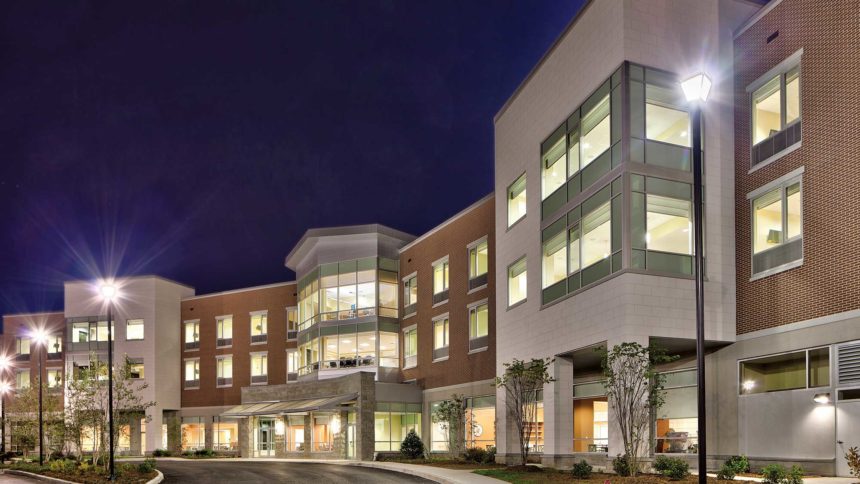
Wartburg in Westchester County, NY, wants to illuminate the long-term care industry on the value of energy-efficient lighting.
Besides its cosmetic value, LED (light-emitting diode) lighting provides a brighter tone while utilizing less energy than conventional bulbs, says Wartburg’s Greg Poole-Dayan. As company COO, he spearheaded the $190,000 upgrade of 5,000 fixtures. The 152-year-old eldercare community now includes approximately 11,000 new LED lamps.
The initiative to replace fluorescent and incandescent bulbs with LEDs, completed in the fall of 2018, is expected to save 736,000 kilowatts of energy a year, which Poole-Dayan says is the equivalent of 548 metric tons of greenhouse gas. These savings are also about the same as nearly 600,000 pounds of coal burned or nearly 62,000 gallons of gasoline consumed. Local contractor Lippolis Electric handled the installation.
“The savings also translate monetarily, and the project, assisted by rebates and incentives, will pay for itself in decreased energy costs after 18 months,” Poole-Dayan says.
Located on a 34-acre campus near Mount Vernon, NY, Wartburg serves residents across the continuum of long-term care, including skilled nursing, inpatient/outpatient rehabilitation, assisted living, home care and adult day care services.
Founded as an orphanage in 1863, the 405-bed community’s commitment to energy efficiency and green practices started with two new buildings — the Friedrichs Residence and Rehabilitation and Adult Day Services Center — that earned Leadership in Energy & Environmental Design (LEED) Gold Certification. LEED certification signifies that a building is “exemplary in conserving energy, lowering operating costs and improving health for occupants.”
“First of all, no matter what business you’re in, addressing energy efficiency and reducing waste makes good business sense,” says Dani
Glaser, program director of the Green Business Partnership, a Wartburg advisor on how to be more environmentally friendly. “If you’re more efficient, you’re saving money.”
Organizational investment in eco-friendly materials and practices does not have to be expensive, Glaser says, because much of it can be funded with available energy grants or by purchasing products they already use that meet environmental standards. A grant from Consolidated Edison subsidized 30% of Wartburg’s LED project and Poole-Dayan is pursuing another grant from the New York State Energy and Development Authority that can fund 75% of a part-time energy manager’s salary.
“There is a lot of low-hanging fruit that organizations can find,” Glaser says. “It starts with making sure lights are turned off when not in use, replacing disposables with reusables, increasing recycling and starting a composting program. When an appliance dies, get one that is energy efficient.”
Lessons learned
- Replacing fluorescent and incandescent bulbs with LED lighting is a quick, inexpensive and environmentally friendly upgrade for any community.
- Grants can be found for organizations that demonstrate a commitment to green energy practices.
- Working with a community advocacy group can provide ideas on how to improve efficiency while reducing costs.
From the March 1, 2019 Issue of McKnight's Long-Term Care News



